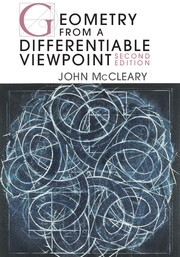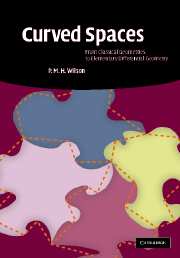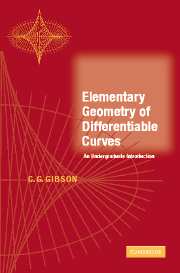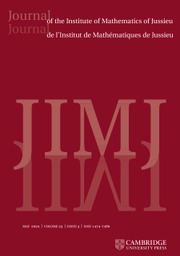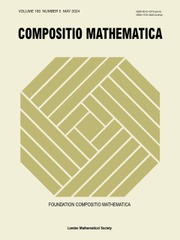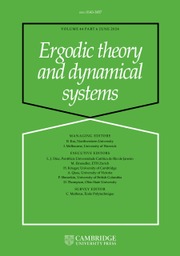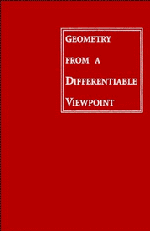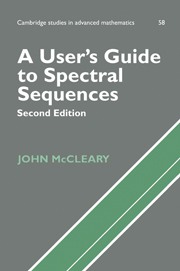Geometry from a Differentiable Viewpoint
The development of geometry from Euclid to Euler to Lobachevsky, Bolyai, Gauss and Riemann is a story that is often broken into parts – axiomatic geometry, non-Euclidean geometry and differential geometry. This poses a problem for undergraduates: Which part is geometry? What is the big picture to which these parts belong? In this introduction to differential geometry, the parts are united with all of their interrelations, motivated by the history of the parallel postulate. Beginning with the ancient sources, the author first explores synthetic methods in Euclidean and non-Euclidean geometry and then introduces differential geometry in its classical formulation, leading to the modern formulation on manifolds such as space-time. The presentation is enlivened by historical diversions such as Huygens's clock and the mathematics of cartography. The intertwined approaches will help undergraduates understand the role of elementary ideas in the more general, differential setting. This thoroughly revised second edition includes numerous new exercises and a new solution key. New topics include Clairaut's relation for geodesics and the use of transformations such as the reflections of the Beltrami disk.
- Takes historical approach discussing the discovery and construction of non-Euclidean geometry and significant events like Huygens's clock, the mathematics of cartography and Clairaut's relation for geodesics
- Offers various intertwining approaches to geometry: students begin with the high school synthetic approach and, with development of the differential approach, learn how elementary ideas are related in the new setting
- Chapter 4 gives a thorough treatment of non-Euclidean geometry, as developed by Lobachevsky and Bolyai, while Chapter 14 parallels this treatment in the differential geometric manner
Reviews & endorsements
Review of the first edition: '… an unusual and interesting account of two subjects and their close historical interrelation.' The Mathematical Gazette
'… the author has succeeded in making differential geometry an approachable subject for advanced undergraduates.' Andrej Bucki, Mathematical Reviews
Product details
October 2012Hardback
9780521116077
368 pages
260 × 184 × 22 mm
0.8kg
164 b/w illus. 203 exercises
Available
Table of Contents
- Part I. Prelude and Themes: Synthetic Methods and Results:
- 1. Spherical geometry
- 2. Euclid
- 3. The theory of parallels
- 4. Non-Euclidean geometry
- Part II. Development: Differential Geometry:
- 5. Curves in the plane
- 6. Curves in space
- 7. Surfaces
- 8. Curvature for surfaces
- 9. Metric equivalence of surfaces
- 10. Geodesics
- 11. The Gauss–Bonnet theorem
- 12. Constant-curvature surfaces
- Part III. Recapitulation and Coda:
- 13. Abstract surfaces
- 14. Modeling the non-Euclidean plane
- 15. Epilogue: where from here?

